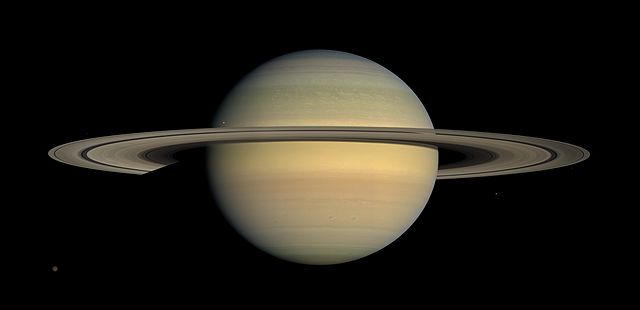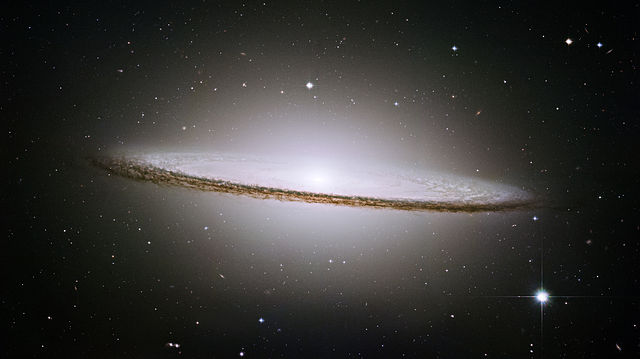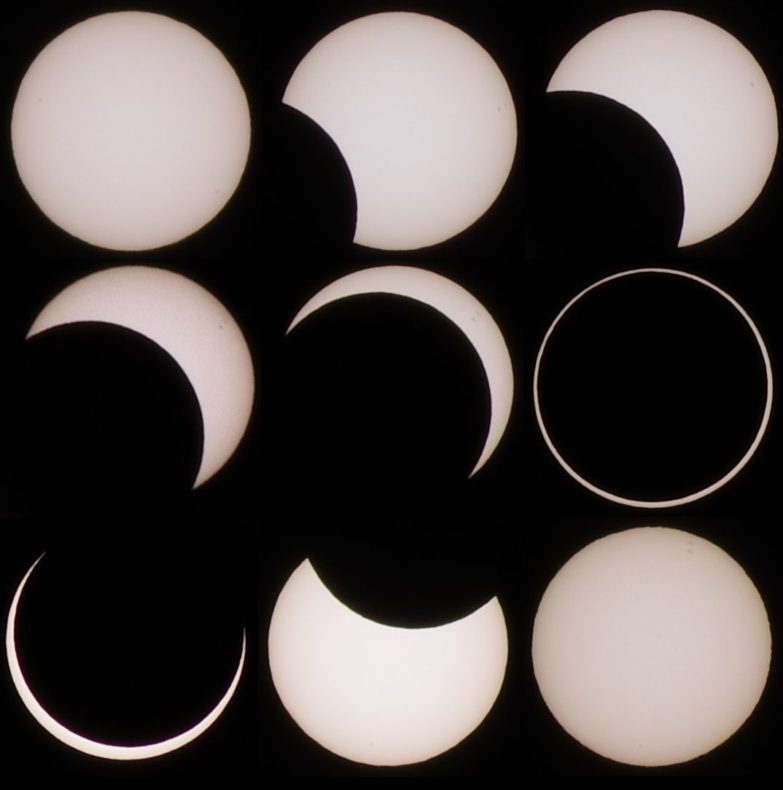A couple of Harvard astronomers just wrote an essay in a new journal called Nature Astronomy. That’s not the most riveting opening sentence you’ve ever read; I apologize.
But the essay was odd, a kind of rumination-with-examples about how things in astronomy on vastly different scales nevertheless have similar structures. That is, electrons orbit atomic nuclei in the same pattern that planets orbit the sun. The astronomers say that aside from such patterns being pretty, finding them might also “unravel fundamental truths that unifies their governing principles.”
I don’t know whether to think that’s confusing (finding a pattern that unravels fundamental truths unifying governing principles? what does that mean?) or obvious (planets orbit stars because that’s how masses behave in gravitational fields and electron orbit nuclei because that’s how charged particles behave in electromagnetic fields; and both behaviors obey the inverse square law) or who knows (I’m not an astronomer), maybe profound.
 In any case, they give other examples. The Milky Way has a disk of stars; the stars have disks of planets; and planets have disks of gas and rocks and dust. Galaxies and the gas between them lie along vast filaments; the same filaments show up in gas when nearby stars blow up and in the cold dense clouds of gas as they condense into stars. Galaxies are arranged in clusters, and within the galaxies are clusters of those same cold dense gas clouds that eventually form clusters of stars. So: orbits, disks, filaments, clusters, all on different scales. Continue reading
In any case, they give other examples. The Milky Way has a disk of stars; the stars have disks of planets; and planets have disks of gas and rocks and dust. Galaxies and the gas between them lie along vast filaments; the same filaments show up in gas when nearby stars blow up and in the cold dense clouds of gas as they condense into stars. Galaxies are arranged in clusters, and within the galaxies are clusters of those same cold dense gas clouds that eventually form clusters of stars. So: orbits, disks, filaments, clusters, all on different scales. Continue reading




 One of my favorite things about my usual writing beat (living things) is that we humans never stop learning new things about animals. We’re even still discovering species that are new to science. (Check out the glorious
One of my favorite things about my usual writing beat (living things) is that we humans never stop learning new things about animals. We’re even still discovering species that are new to science. (Check out the glorious 

